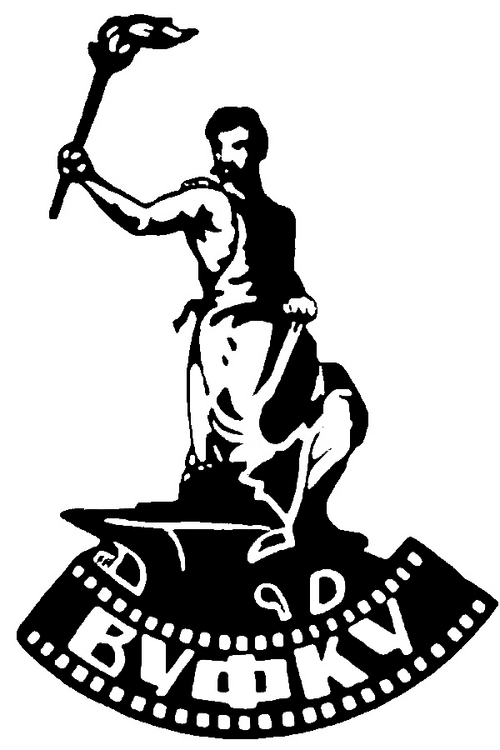
2019
playlist_add 
1930
playlist_add 
1930 star_border 5.5
playlist_add 
1930 star_border 6.3
playlist_add 
1930
playlist_add 
1930
playlist_add 
1930
playlist_add 
1930 star_border 6.7
playlist_add 
1930 star_border 3
playlist_add 
1930 star_border 4.9
playlist_add 
1930
playlist_add 
1929 star_border 6
playlist_add 
1929 star_border 7.8
playlist_add 
1929
playlist_add 
1929 star_border 6.5
playlist_add 
1929 star_border 6.5
playlist_add 
1929
playlist_add 
1929 star_border 6.8
playlist_add 
1929
playlist_add 
1928
playlist_add Show more
expand_more
